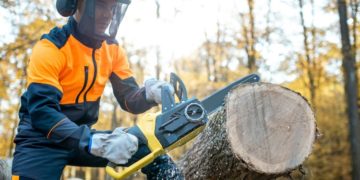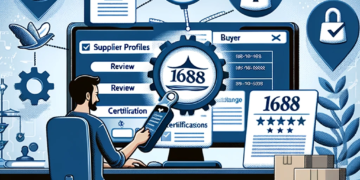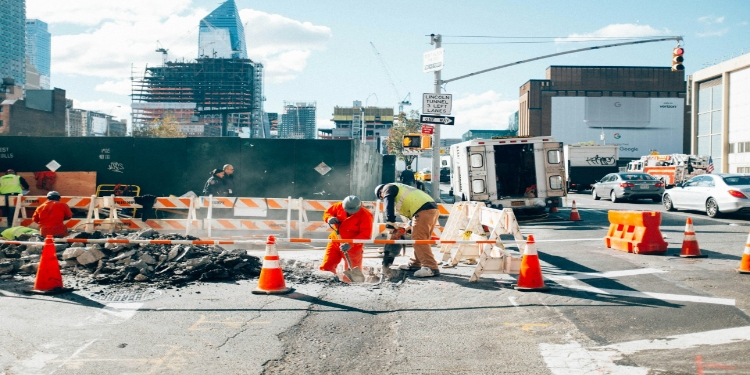Working on any construction site or industrial workplace comes with its fair share of risks. Whether you’re a seasoned professional or someone just starting out in the industry, workplace safety should always be your top priority. Every year, thousands of workers across the UK suffer injuries that could have been prevented with proper safety measures and awareness.
The good news is that most workplace accidents are entirely avoidable. By following some fundamental safety principles and staying alert to potential hazards, you can significantly reduce your risk of injury and help create a safer environment for everyone around you. From proper site inductions through to daily safety practices, these ten practical tips will help you stay safe, comply with UK regulations and get home to your family in one piece every single day.
1. Always Conduct Proper Risk Assessments
Before you start any task, take a moment to look around and identify potential dangers. This isn’t just good practice, it’s a legal requirement under UK law. A proper risk assessment means examining your work area, the tools you’ll be using, and the job itself to spot anything that could cause harm.
Ask yourself simple questions: Are there any loose materials that could fall? Is the ground stable? Are there electrical hazards nearby? Once you’ve identified the risks, think about how to control or eliminate them. This might mean securing loose items, cordoning off dangerous areas, or using different equipment. Remember, if something doesn’t look right, speak up before starting work.
If risks are overlooked and an accident occurs, Mooneerams Solicitors can help clarify responsibilities and ensure you receive fair compensation.
2. Follow CDM Regulations to the Letter
The Construction Design and Management Regulations 2015 exist for one reason: to keep you safe. These rules place specific responsibilities on everyone involved in construction work, from the client right down to individual workers like yourself.
Under CDM, you have the right to proper planning, adequate resources for safety, and clear information about hazards. You also have responsibilities – to follow safety procedures, report dangerous situations, and cooperate with your employer’s safety measures. Familiarise yourself with these regulations because they form the backbone of construction safety in the UK.
3. Get Proper Training and Site Inductions
Never attempt to use equipment or perform tasks you haven’t been properly trained for. Every site should provide you with a comprehensive induction that covers the specific hazards you might encounter, emergency procedures, and the location of safety equipment.
This training isn’t just a box-ticking exercise. It could save your life. Pay attention during inductions, ask questions if anything isn’t clear, and make sure you understand how to use any machinery or tools safely. If you’re unsure about anything, speak up. A good employer will always prefer questions to accidents.
4. Wear Your Personal Protective Equipment
Your PPE is your last line of defence against injury. Hard hats protect your head from falling objects, high-visibility clothing ensures you can be seen by machinery operators, steel-toed boots protect your feet, and safety goggles shield your eyes from debris.
UK law requires employers to provide appropriate PPE free of charge; you’re legally obligated to use it correctly. Make sure your equipment fits properly, is in good condition, and is suitable for the task at hand. If your PPE is damaged or doesn’t fit properly, report it immediately and get it replaced.
5. Keep All Equipment Safe and Well-Maintained
Faulty equipment is a major cause of workplace accidents. Before using any tool or machine, take a moment to inspect it visually. Look for obvious damage, loose parts, frayed cables, or anything else that seems wrong.
If you spot a problem, don’t use the equipment; instead, report it to your supervisor and make sure it’s taken out of service until it can be repaired or replaced. This applies to everything from simple hand tools to complex machinery. A broken ladder or damaged power tool can cause serious injuries, so never take shortcuts with equipment safety.
6. Maintain Clean and Organised Work Areas
A tidy site is a safe site. Cluttered work areas are breeding grounds for accidents. Loose materials can cause trips and falls, blocked walkways can hinder emergency evacuations and poor housekeeping can hide serious hazards.
Keep your work area clean and organised throughout the day, not just at the end of your shift. Store materials properly, dispose of waste in designated areas, and ensure emergency exits and walkways remain clear at all times. Good housekeeping is everyone’s responsibility and takes just a few minutes that could prevent serious accidents.
7. Communicate Hazards Clearly
Effective communication can be the difference between a safe day and a serious accident. Make sure you understand the site’s signage system and pay attention to warning signs, barriers, and safety notices. These are there to protect you and others.
If you spot a new hazard or dangerous situation, don’t assume someone else will deal with it. Report it immediately to your supervisor or safety representative. Similarly, if you need to create a temporary hazard as part of your work, make sure it’s properly signposted and other workers are warned.
8. Know Your Emergency Response Plan
Accidents can happen despite our best efforts, so it’s crucial that everyone knows what to do in an emergency. Familiarise yourself with evacuation routes, assembly points, and the location of first aid equipment and trained first aiders.
Make sure you know how to raise the alarm in case of an emergency and understand any site-specific procedures. Regular emergency drills might seem like an inconvenience but they ensure everyone can respond quickly and safely when it really matters.
9. Take Falls from Height Seriously
Falls from height remain one of the biggest killers in the construction industry. The UK’s Work at Height Regulations require proper planning and risk assessment for any work above ground level, no matter how brief the task might seem.
Always use appropriate fall protection equipment such as harnesses, guardrails, or safety nets. Ensure ladders are properly secured and in good condition before use. Never take shortcuts when working at height; the few minutes saved simply aren’t worth the risk of a potentially fatal fall.
10. Promote a Safety-First Culture
Safety isn’t just about following rules; it’s about creating a workplace culture where everyone looks out for each other. Don’t be afraid to speak up if you see unsafe behaviour or conditions. A good safety culture encourages reporting of near misses and hazards without fear of blame.
Recognise and appreciate colleagues who work safely, and be willing to learn from others’ experiences. Remember that safety is everyone’s responsibility, regardless of your role or seniority on site.
David Prior
David Prior is the editor of Today News, responsible for the overall editorial strategy. He is an NCTJ-qualified journalist with over 20 years’ experience, and is also editor of the award-winning hyperlocal news title Altrincham Today. His LinkedIn profile is here.









































































